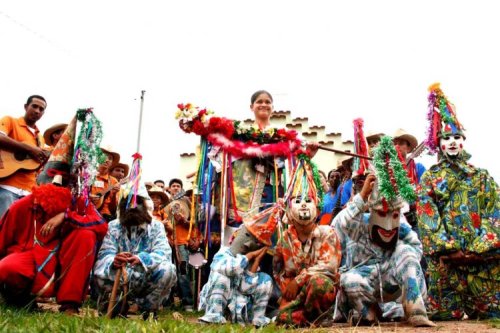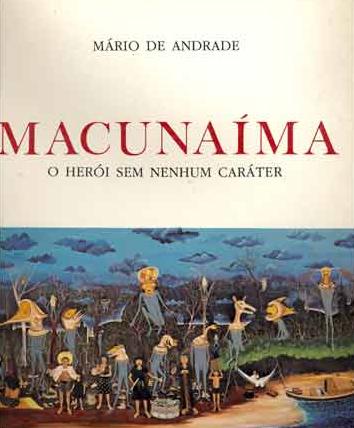
Peruvian tecnocumbia arrived in Ecuador in the 1990s, and the ensuing tecnocumbia boom fostered a new music scene that revitalized Ecuadorian popular music (EPM) and contested Ecuadorians’ perception of its national music.
Social, economic, and political factors triggered the increasing production and consumption of this music, and EPM, a stigmatized music that was barely heard in the mainstream media in the 1970s and 1980s, came to be perceived as música nacional by the working classes. The historical contexts, social relations, political economies, and physical landscapes that generate and maintain the EPM scene illuminate how working-class musicians, entrepreneurs, and fans from Quito responded to the social and economic crisis in the country that brought about a massive wave of emigration in the late 1990s.
This according to “The Ecuadorian popular music scene in Quito: Contesting the national imaginary” by Ketty Wong, an essay included in Made in Latin America: Studies in popular music (New York: Routledge, 2016, pp. 89–98).
Above and below, Quito native Jaime Enrique Aymara, known as el rey de la tecnocumbia.











